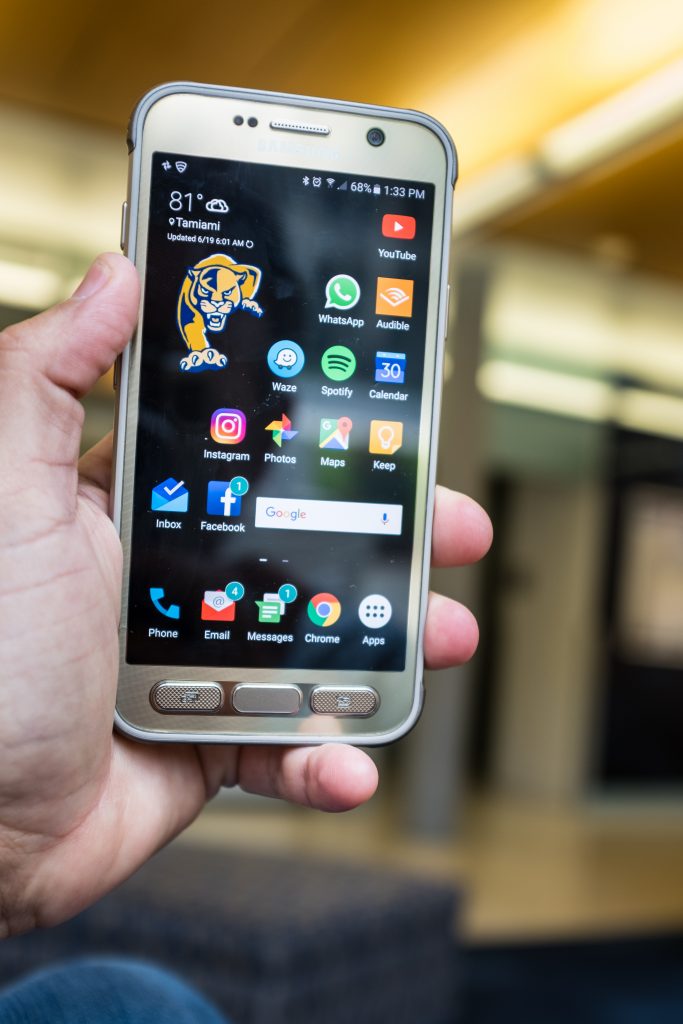Reflecting on Digital Writing
- What digital writing have you done, or do you currently do?
- What digital writing projects have you assigned?
- What types of digital writing would you like to assign in the future?
Our new curriculum encourages students to produce multimodal, genre-shifting, and public-facing documents. Our students should be developing the ability to read and compose within multiple genres and to learn to adapt design and style to various audiences and situations. In other words, to be flexible, modern writers. This workshop organized by the Digital Writing Studio will help instructors find ways to meet these goals, and to feel more prepared to teach digital writing in their classes. This workshop is particularly designed for teaching assistants and any instructor who is new to teaching digital, multimodal writing.
Why should we be bringing digital writing into the classroom?

By Eduardo Merille 
By Eduardo Merille
The world our students are living in is largely a digital world. What skills would our students miss out on if the work they’re asked to do in their composition classes used the same media choices as the ones we used when we were students? What skills will our students need to be successful writers and communicators?
The NCTE definition of 21st century literacies puts it this way:
Active, successful participants in this 21st century global society must be able to:
- Develop proficiency and fluency with the tools of technology;
- Build intentional cross-cultural connections and relationships with others so to pose and solve problems collaboratively and strengthen independent thought;
- Design and share information for global communities to meet a variety of purposes;
- Manage, analyze, and synthesize multiple streams of simultaneous information;
- Create, critique, analyze, and evaluate multimedia texts;
- Attend to the ethical responsibilities required by these complex environments.
So, how are we making sure our students are able to gain fluency in digital literacy in our classes?
- New pedagogical principles for the Writing and Rhetoric program create a class culture that can help students experiment, collaborate, focus more deeply on writing as a process – things that are necessary for digital writing.
- New course outcomes for ENC1101 and 1102 directly address a goal of developing digital literacy.
- 1101 students must “engage with 21st century literacies” and “produce writing that responds and adapts effectively to specific rhetorical situations.”
- 1102 students must “interpret and evaluate how information is produced and consumed in specific contexts, including networked environments,” “examine the power and limits of writing as social and public action,” and “compose rhetorically effective media for different audiences.”
- More outreach directly to students through the Digital Writing Studio:
- We visited 38 classes during Fall 2019 to give demonstrations, hands-on support to students, and to explain the digital writing support we have.
- We provide one-on-one and group sessions with trained consultants, undergraduate English majors who are proficient digital writers.
- We are collaborating with the Writing Program’s professional development committee to improve digital writing pedagogy among new instructors.
How are Writing and Rhetoric instructors bringing digital writing into their classrooms?
Nick Anderson and Christine Martorana will share their strategies for using web articles to collaborate and inform, and using Prezi to create an interactive annotated bibliography. This Google Drive folder includes the materials they are presenting today.
You can also find more sample writing projects on our Media Assignment Resources page, and on the Writing and Rhetoric Canvas resource shell.